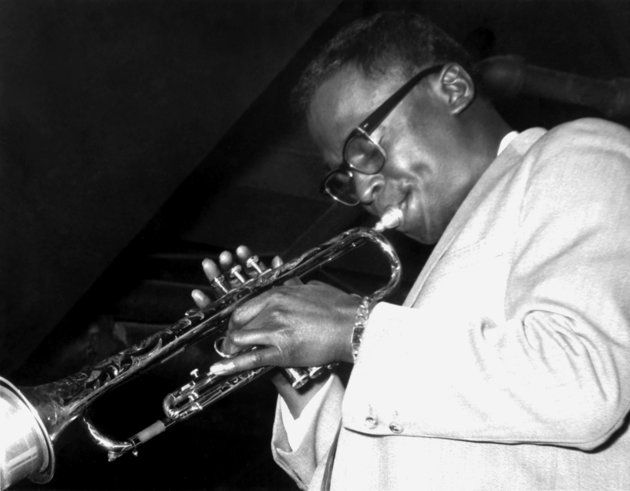The Neuroscience of ‘Happy’ and ‘Sad’ as Demonstrated With Jazz
5 Jan 2016
It is a given that music has a profound, yet variable, impact on the human brain.
On the one hand, there is the joy or sorrow (or sometimes revulsion) that a melody generates within the listener.
This complex emotional shading experienced by the audience is overlaid with the creative aspects of the human brain responsible for writing and performing the piece.
The present study, carried out by Malinda McPherson and her team at the University of California-San Francisco, took brain scans of jazz musicians as they improvised “happy” or “sad” melodies.
Building on previous work by her colleague Dr. Charles Limb, the investigation finds variety in the role of a specific brain area dependent on musical mood. Although insightful, the research adds more intriguing questions to the field of study.
The new brain-scanning study that was conducted on jazz pianists and published Monday in the journal Scientific Reports, strong emotions can alter the workings of brain networks associated with creativity. The findings show that the workings of the creative brain are even more complex than we may have realized.

“It seems that the link between emotion and creativity is truly fundamental, and we suspect, ultimately responsible for the perseverance of creativity throughout human history,” Dr. Charles Limb, a University of California, San Francisco, neurologist and one of the study’s authors, told The Huffington Post in an email. “Humans seem to need creativity in order to understand and examine the human experience, which is (in our opinion) a deeply emotional one. For these reasons, we wanted to understand how emotion modulates brain networks for creativity, during real time spontaneous creativity in expert musicians.”
Creativity draws on a wide range of brain regions, networks and processes, and as the new research suggests, it can’t be simply explained in terms of the activation or deactivation of one particular network of brain regions.
“Humans seem to need creativity in order to understand and examine the human experience.”
Instead, the researchers found that when the musicians are attempting to express emotion during their creative process, parts of the brain involved in emotional expression are activated. These brain areas then strongly influence which parts of the brain’s wide “creativity network” are turned on, and how.
Limb, who is also a jazz saxophonist, has previously conducted research that found that musical improvisation deactivates a key brain region involved in planning and monitoring behavior — the dorsolateral prefrontal cortex (DLPFC). This suggested that the silencing of the DLPFC may be responsible for the artist’s ability to enter a “flow state” of deep absorption and free-flowing creativity.
For the new study, the researchers wanted to investigate how emotions affected the brain’s ability to get into a flow state. To do so, they put jazz pianists inside a brain-scanning machine with a small keyboard, and asked them to improvise a melody to express either a positive emotion (based on an image of a woman smiling) or a negative emotion (on an image of the same woman looking sad). As a control, the musicians’ brains were also scanned while they were looking at emotional images but not improvising.
The fMRI scans revealed that DLPFC deactivation was significantly greater when the musicians were trying to convey a positive emotion in their improvisations. When trying to express negative emotions, on the other hand, there was greater activation of the reward systems of the brain.
The researchers concluded that it may be easier to get into “the zone” when creating happy music. Creating sad music also seems to be pleasurable for musicians, but in a different way.
“Broadly, our study suggests a very basic role for emotions in how our brains function during creativity,” Limb said. “It appears that the nature of an emotion — whether it is positive or negative –has a significant impact on the mechanisms our brain uses for creative tasks when motivated by these emotions.”
While the findings are a step in the right direction, Limb emphasizes that the inner workings of the creative process remain largely a mystery to neuroscientists. In other words, even on a neurological level, creativity is messy.
via Medical News and HuffPo | Lead image: Bernie Thrasher/Metronome via Getty Images





